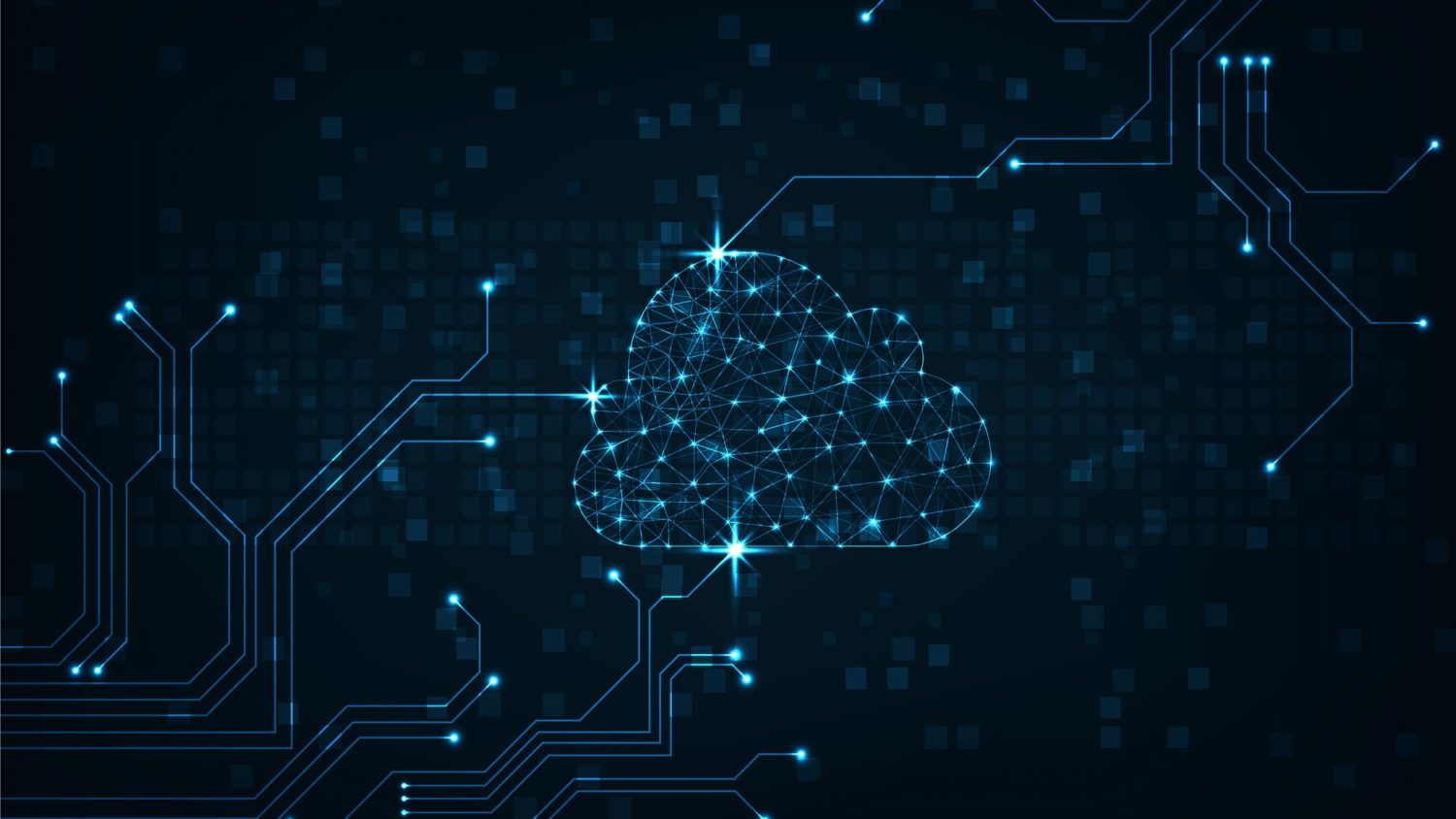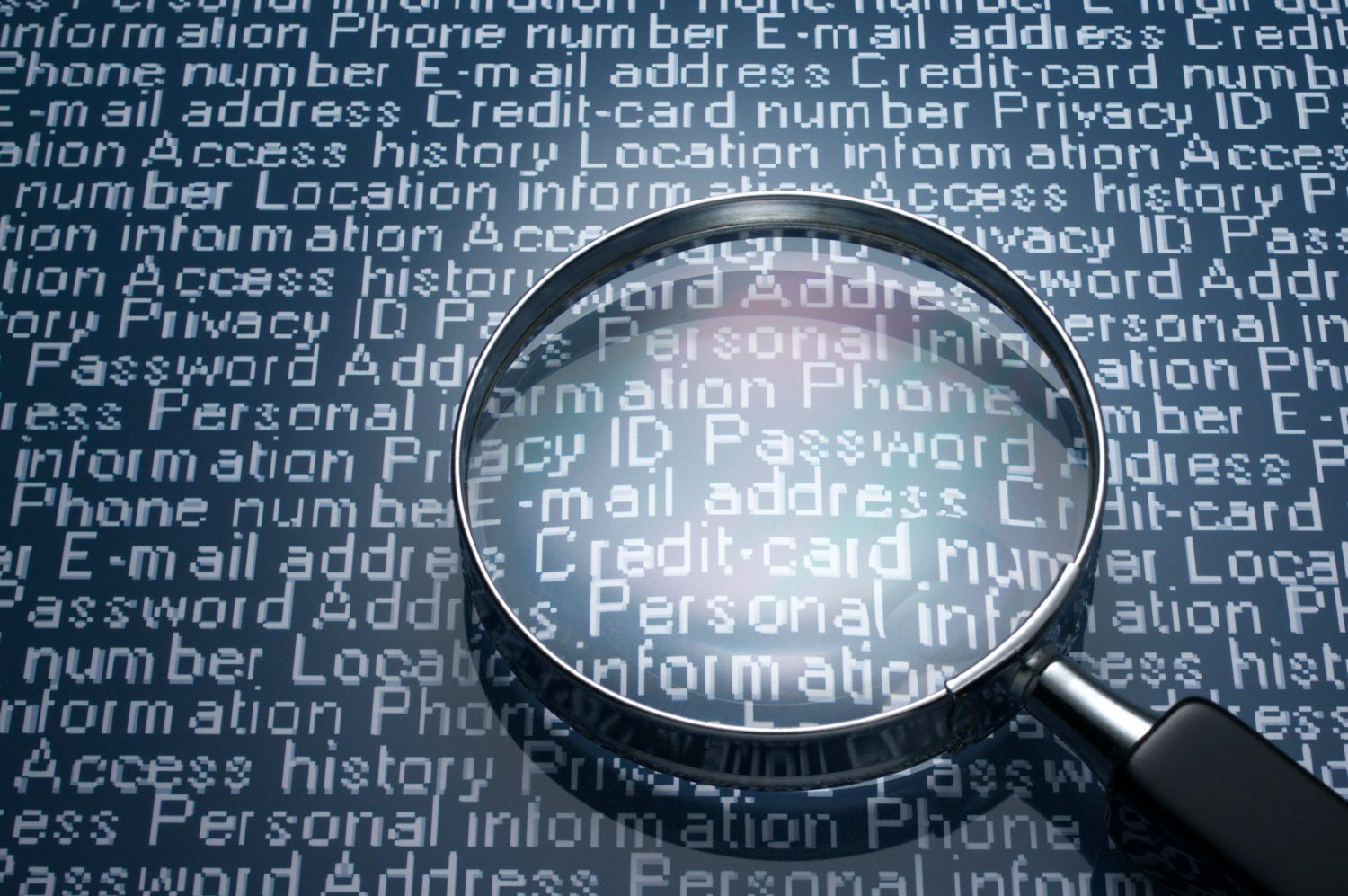September 21, 2016
When one thinks of disaster recovery, there is a misconception that it only refers to the classic notion of “disasters.” Fires, floods, tornadoes, and earthquakes can certainly damage and disrupt a data center, but these are rare occurrences. Much more often, a disaster can be caused by more mundane means like human error, configuration issues, or—as in the case of Delta Airlines—a blackout.
On August 8, 2016, a “computer outage” caused more than 1,000 Delta airline flights to be delayed, their website to be shut down, and even their app to lose service. Worse yet, this is not an isolated occurrence. In the previous month, a failed router caused Southwest Airlines to cancel 2,300 flights over four days and cost the company approximately $10 million dollars.
These stories may be isolated to the airline industry, but they reveal a stark reality in modern business. We completely depend on our computer systems, and even though an outage may be rare, the damage it causes to the business can be—for lack of a better word—disastrous. It is important that businesses understand the risks and properly prepare for such an event.
Disaster Recovery vs. Data Protection vs. Business Continuity
In this area of technology, there are a number key terms that describe related but distinctly different concepts. Disaster recovery (DR) is neither data protection nor business continuity. Yet, they all come into play in the event of a disaster.
Each topic in the list below can be seen as building upon the previous topic. Data Protection is the most micro level, while Business Continuity operates at the most macro scale.
- Data Protection/Backup: Data Protection/Backup refers exclusively to the duplication and storage of copies of your data. That data can be placed in a second location. Alternatively, if the company does not have the resources for a second data center, the data can be stored in the cloud.
- Disaster Recovery: Just because you have copies of your data ready to go does not mean that the company will be equipped to make use of that data after a disaster. This is where disaster recovery comes in. DR is about assessing the different applications within your company’s data center to assess priority. DR then establishes a timeline to bring different applications back online at a speed determined by the needs of the company. If the phone and email systems are absolutely essential to the line of business, a proper DR strategy will ensure they are restored as soon as possible. Less crucial systems can then be delayed, while the core of the business recovers from the disaster.
- Business Continuity: Expanding our reach further still, a Business Continuity strategy refers to the business elements outside the data center. If the main headquarters in no longer accessible, where are the employees supposed to work? Where should mail be delivered? How should shipping orders be processed? A Business Continuity strategy will answer these sorts of questions.
Evault: A Partner in Disaster Recovery
As consultants, planning a disaster recovery or data protection strategy is less about the technologies and more about the details of your business. These plans are extremely dependent on the variables of your industry and your particular operation. When discussing these strategies, we devise a plan first and then find which technology solutions would best make that plan a reality.
That being said, Mindsight partners with Evault for data backup and disaster recovery solutions because we find their products to be both versatile and powerful. Two of their offers cover a number of diverse needs.
- Evault Cloud Backup: Not every company has the resources to build, staff, and support a second data center. For those environments, the cloud becomes a useful lifeline, and Evault has a Cloud Backup service that offers direct-to-cloud or hybrid backup services.
- Cloud Disaster Recovery Service: Using Evault solutions, a client can achieve complete system failover protection in the event of a disaster. A Mindsight consultant would work with you to create an asset priority list and navigate the details of the disaster recovery plan.
The Details on Disaster
The Delta and Southwest stories give insight into a stark reality. It doesn’t matter how large of a company you are, how secure your data center is, or the quality of your infrastructure, nothing in technology is completely invulnerable. We tend to conceptualize disaster recovery, data protection, and business continuity as a single concept, but they are distinct. Your disaster plan must account for all three of these areas, or you too may be canceling your flights one day.
Like what you read?
About Mindsight
Mindsight, a Chicago IT services provider, is an extension of your team. Our culture is built on transparency and trust, and our team is made up of extraordinary people – the kinds of people you would hire. We have one of the largest expert-level engineering teams delivering the full spectrum of IT services and solutions, from cloud to infrastructure, collaboration to contact center. Our highly-certified engineers and process-oriented excellence have certainly been key to our success. But what really sets us apart is our straightforward and honest approach to every conversation, whether it is for an emerging business or global enterprise. Our customers rely on our thought leadership, responsiveness, and dedication to solving their toughest technology challenges.
Contact us at GoMindsight.com.






